How to prepare firewood?
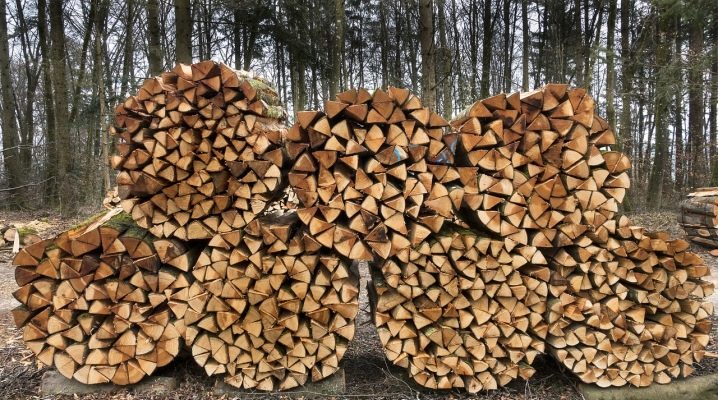
When harvesting firewood, you have to take into account a variety of nuances: quantity, harvesting time, legal side. In addition, it is worth familiarizing yourself with how to properly prepare firewood.
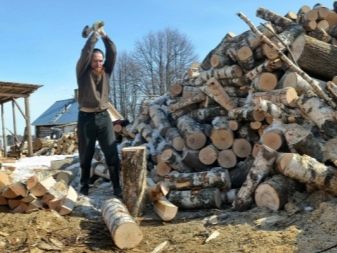
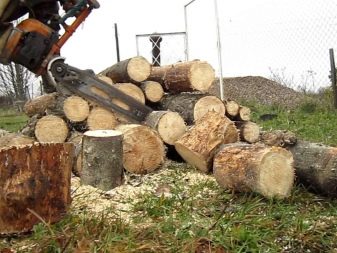
Counting the amount of firewood for the winter
Most of our country is located in latitudes where winters are harsh and without heating it is impossible to survive the cold season. Despite the proliferation of gas and electric options for heating systems, there are still many areas where stoves and fireplaces are still used in the private sector. Even the use of coal as the main fuel makes it impossible to do without firewood.
Those who have been collecting firewood for their own needs for a long time know how laborious this process is, which is fraught with many nuances.
For those who are poorly familiar with such an event, it should be clarified: it is necessary not only to determine the required amount of material, tool, but also to draw up the documents legally correctly.
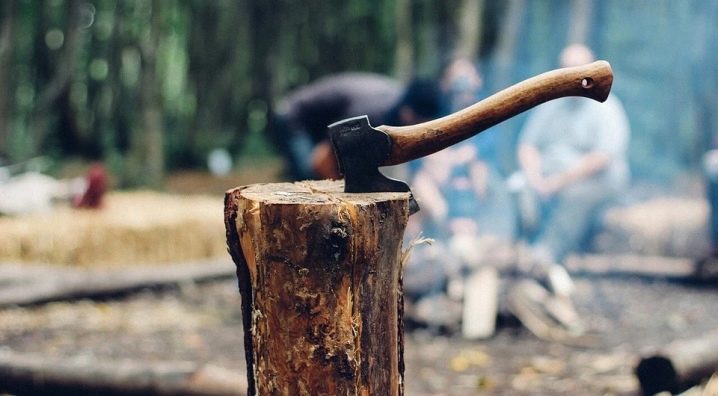
When calculating the required amount of raw materials, several factors are taken into account.
- Wood moisture. The higher the moisture content of the raw material, the less its heat transfer. Raw wood burns poorly, emits more smoke, and produces less heat. Firewood becomes truly high-quality only a year after harvesting.
- Wood variety. Solid woods are considered ideal in terms of heat transfer, burning longer and hotter. These include oak, beech, birch. Pine and aspen have a lower density, so the heat transfer is less, and firewood burns faster. Such rocks are good for kindling coal, but if the stoves are wood-burning, then hard varieties are chosen.
- The total volume of the heated room. When calculating, take into account the height and squaring of the rooms. The higher the numbers, the more fuel will be needed.
- Heating system efficiency. As you know, it is always different for different designs. So, an open fireplace has a lower efficiency than a Russian stove, and its coefficient is significantly inferior to the values of a Dutch stove. The efficiency of the Swedish oven reaches 35–45%. Do not forget about the heat loss of the house - a cold house will require more firewood than a building insulated in accordance with building codes.
- Duration of the heating season. If in the southern regions winters are warm, mild and last only 3-4 months, then in the northern regions the stoves are heated for 6-7 months. Consequently, the amount of firewood required for the boiler room is completely different.
You can do it easier and find out how much firewood is harvested for heating by neighbors in houses of this type for the winter, or consult with the former owners if the house is not new.
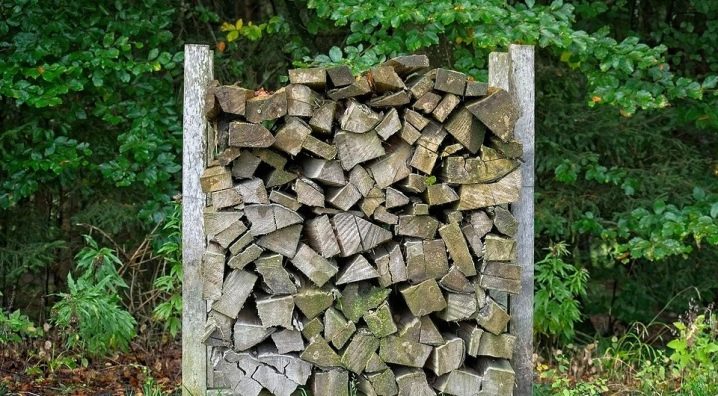
Legal side of the issue
According to the Forestry Regulations, only the felling for which a forest lease agreement has been concluded can be considered legal. It is this document that gives the right to sawing and transporting wood. As a rule, for such purposes, only selective felling is allowed, clear felling is extremely rare: if the forest area has the status of a mature or overmature forest.
Permits for the procurement of firewood and the allocation of the allotment are issued by the forestry. Each site is assigned a number, which also denotes the trees to be cut down. Buying out the allotment in whole or in part, the logger is deprived of the opportunity to choose - the division and delimitation are carried out by the forestry. Without a permit, it is allowed to harvest brushwood, which is considered to be burnt wood with a diameter not exceeding 40 mm. Even the unauthorized export of windblow or dead wood is considered illegal.
For such actions, the perpetrator will be punished with a fine and confiscation of instruments. The amount of the fine provides for compensation for the damage caused, and the windbreak and dead wood will be assessed at the cost of commercial timber, a fine for illegal harvesting, and the price of the confiscated tool is also added.
So, as a result, the object will be forced to part with an amount that is many times higher than the price it would have spent on buying firewood.
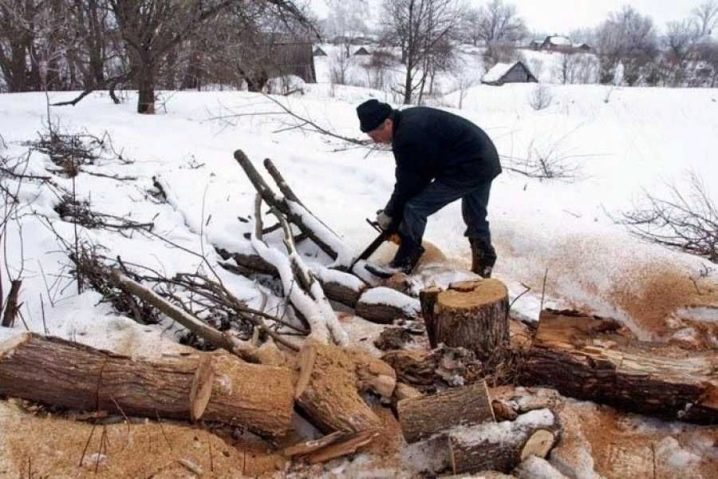
Time of harvesting firewood
Self-procurement of firewood is carried out all year round, except for the season when the roads become impassable. The process consists of several stages: cutting a tree, sawing into chunks, removal and subsequent felling into logs. After that, the firewood is laid for drying and storage, while it is important to ensure optimal conditions in order to achieve good quality.
The optimal time for procurement work is considered the beginning of winter or the end of autumn. Rainy weather is not conducive to drying wood, which absorbs excess moisture.
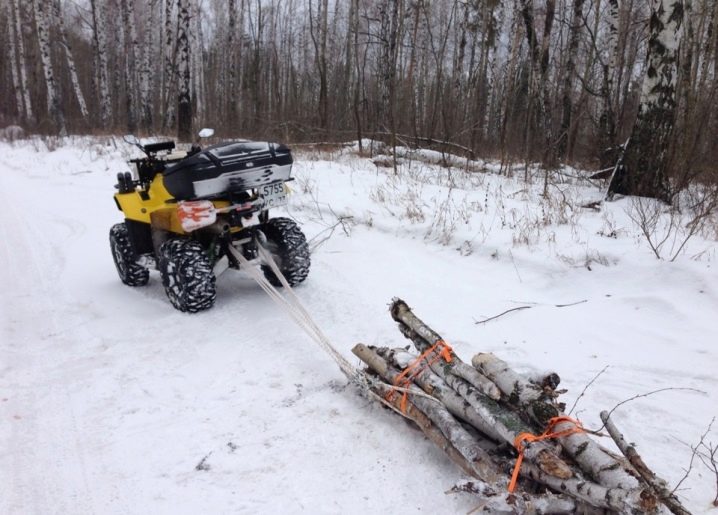
Suitable time for harvesting firewood:
- leaf fall ended and the trees were bare;
- sap flow is stopped and the moisture content of the wood is reduced;
- the onset of the first frost, which makes it easier to chop wood.
The wood harvested in the forest will need to be taken out, for which you can use trucks and even transport it on a mini-tractor.
It would be most reasonable to stock up on firewood for next year so that the logs acquire ideal fuel qualities. This is especially true in the village, where wood stoves are most often used.
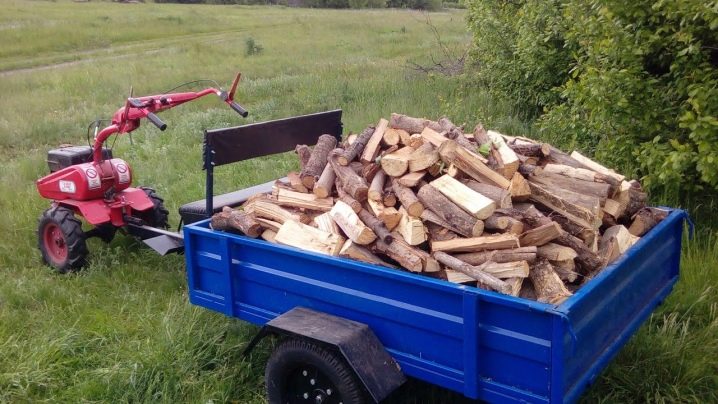
Required tools
Hand saws for wood harvesting are a thing of the past due to low productivity and high labor costs. They were replaced by modern tools with high efficiency, efficient and comfortable in work, ensuring the speed and quality of the workpiece.
- Electric saw. It is a chain-type tool, driven by an electric motor supplied from the mains. In the forest, such a tool is irrelevant, but at home it is very common. It is characterized by a lower cost than chainsaws.
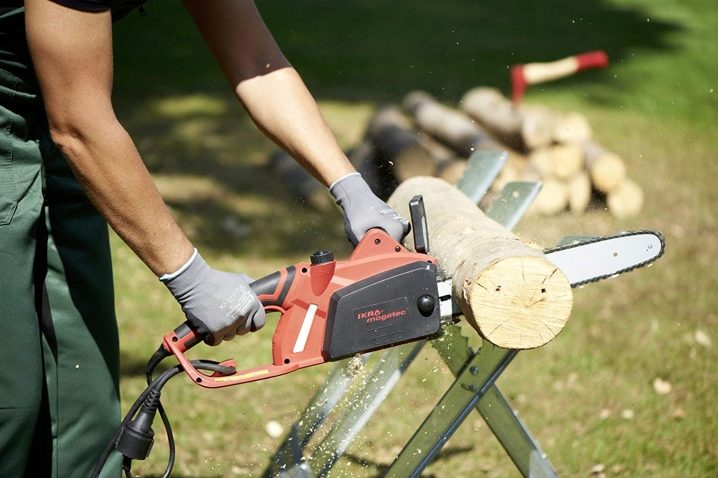
- Chainsaw. The chain tool, powered by an internal combustion engine, runs on gasoline and is used for felling trees and sawing round logs. With the help of a chainsaw, they cut butts that have too twisted wood fibers that cannot be dissolved with a cleaver. Chainsaws differ in categories: household, semi-professional, professional. Which saw to choose depends a lot on the intended use. For a single use, a household saw is quite suitable. Those who are engaged in the preparation of firewood on a professional basis prefer a professional or semi-professional tool.
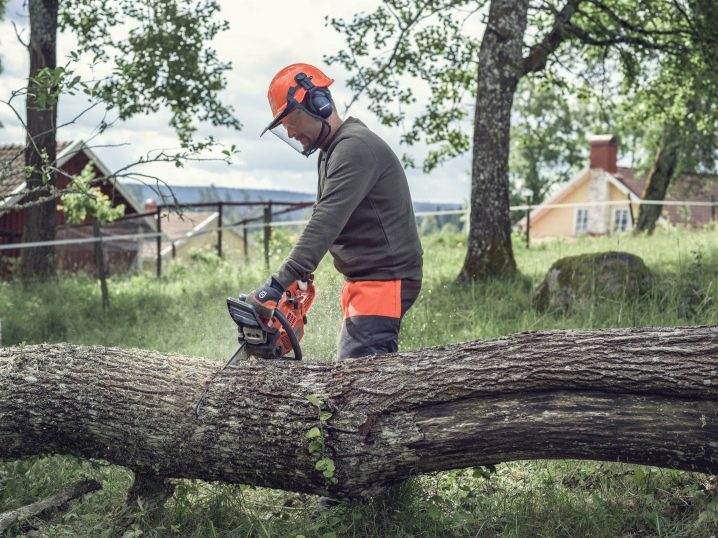
- Cleaver. This is a type of ax that has a weighted and thickened V-shaped blade, a longer and more powerful handle. The cleaver cuts wood fibers much easier, is more efficient in working with resinous and hard rocks, as well as in processing large diameter chocks.
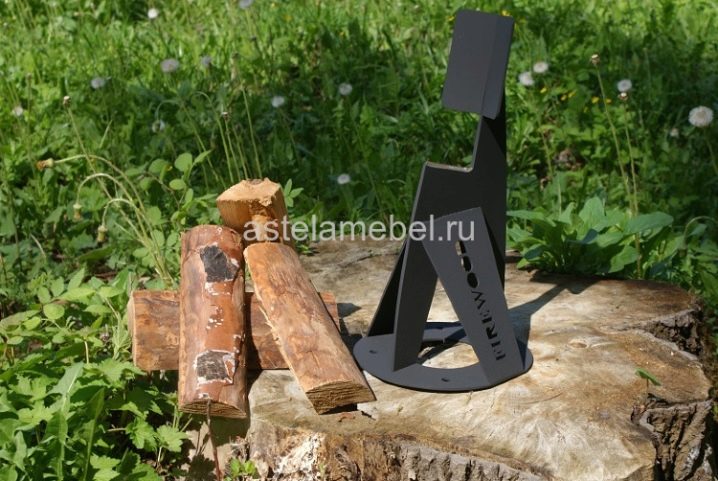
- Wood splitter. The device for automatic dissolution of wood into logs. It is subdivided into designs with vertical and horizontal feeding of the chocks to a special nozzle. Most often, the last tool is used by those who sell ready-made, chopped firewood. Axes and cleavers are used in backyards, where the chops are directly split into logs.
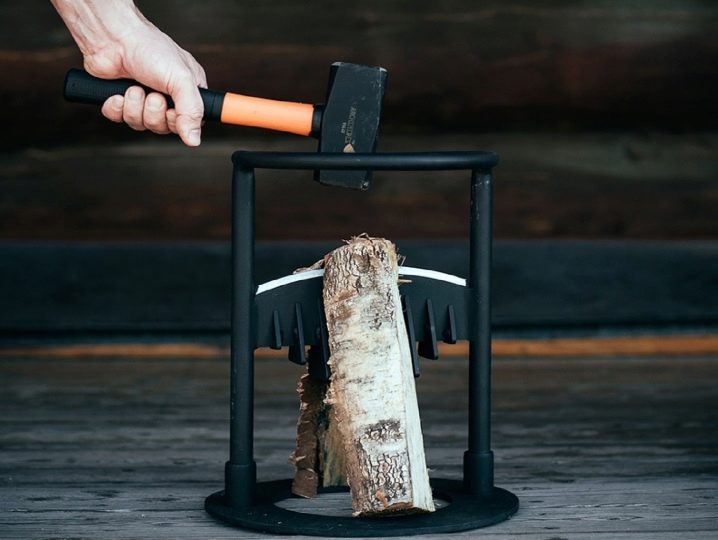
Work rules
Self-procurement of firewood involves going through several stages, the initial of which is the legal registration of the event and obtaining a permit package of documents. This is followed by work directly with wood.
- Roll. On the selected allotment, marked wood is cut down, intended for harvesting. The occupation is quite dangerous, especially for inexperienced fellers. Knowledge of the sequence of the process and maximum adherence to safety precautions is required, since accidents happen even among experienced "foresters". Knowledgeable specialists, who have been working in this area for a long time, should show how to cut down "whips" correctly.
- Sawing. The process involves cleansing the trunk from branches and twigs, cutting the balan (whip) into parts of a certain length. This event is mainly held on the plot, when ready-made blocks of wood are taken out of the forest. At the end of the procurement work, a mandatory cleaning of the site is carried out.
- Kolka. Usually the harvested wood is kept for several days before they start chopping wood. This does not apply to birch, which is usually chopped as quickly as possible. It has the property of "steaming" in hot weather, after which its processing becomes much more difficult.
The last stage is the organization of the correct drying and storage of logs. If the weather is fine, then the best option would be to leave the chopped firewood in a heap for a while. This way they are better ventilated and dried.

Firewood storage
Chipped wood slides are installed in such a way that air flows freely circulate between them, taking away excess moisture. In rainy weather, it is best to cover the top with a waterproof protective cloth. Then the logs are stored in woodpiles, a place for which is equipped in special rooms-woodsheds. It could be just a canopy. The zealous owners, whose firewood has been harvested for more than one year, put woodpiles even in the open air. Well-dried wood is not afraid of rain and snow. The only drawback of this solution: the difficult approach to them in the winter.
Those who plan to harvest firewood on a professional basis should be aware that for this they will have to register as a private entrepreneur and pay taxes on the income received.
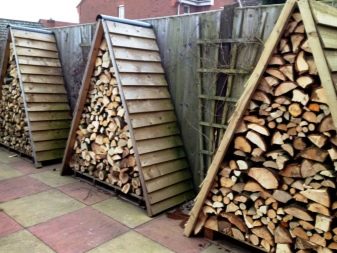
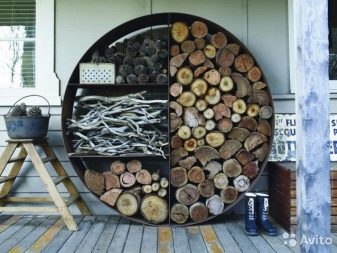













The comment was sent successfully.